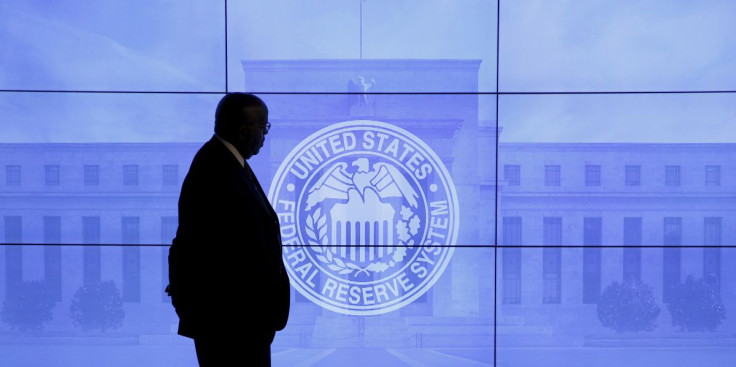FOMC December Meeting: 50 Or 75-Basis Point Rate Hike?
After trading sideways for the last five weeks, trying to shake off the last interest rate hike, Wall Street will get another chance to find out the nation's monetary policy state.
On Wednesday, the Open Market Operations Committee (FOMC) will hold its regular meeting, which will set the pace of interest rate hikes for another five weeks to bring inflation under control.
The FOMC is the monetary policy arm of the nation's central bank overseeing Open Market Operations (OMOs), a tool for controlling liquidity in the economy and short-term interest rates (Federal Funds Rate), in line with the Federal Reserve Bank's dual mandate: steady inflation and maximum employment (low unemployment).
As telegraphed by the Fed Chair in a Brookings Institute presentation a couple of weeks ago, FOMC is expected to slow the pace of the Federal Fund Rate hikes from 75 basis points to 50 basis points.
That would bring the new Fed Funds Rate in the range of 4.25% to 4.5% after four straight 75 bps hikes.
This expectation is reflected in the FedWatch Tool that monitors Fed Funds futures contract prices. Currently, they assign a probability of 77% of a 50-basis point rate increase next week and a 23% probability of another 75-basis point increase.
"The vast majority of market participants believe that the Fed will begin slowing the rate of increases soon," Robert Johnson, Ph.D., CFA, CAIA, professor at Heider College of Business at Creighton University, said. "Wholesale prices increased more than expected in November, showing that the Fed is justified in continuing to hike rates albeit at a slower rate on the increase."
Dan North, a senior economist at Allianz Trade who sees the Fed hiking by a 50-basis point, is also concerned about the persistency of inflation, as evidenced in the recent Personal Consumption Expenditure (PCE) numbers released today.
"While the headline PCE deflator appears to have perhaps peaked, the core deflator has not yet. It reached a 39-year high of 5.4% in March, went as low as 4.7% in July, but then bounced back to 5.0% in October," he observed.
That is why he expects all eyes to be on the "dot plot" to get an idea of the Fed's path into 2023, especially the terminal rate, during Wednesday's FOMC press conference.
Danielle DiMartino Booth, CEO and chief strategist of Dallas, Texas-based Quill Intelligence, thinks that is still a sizable hike that will continue to wreak havoc on interest rate-sensitive sectors such as housing and autos. "A half-point rate hike is double the pace at which markets had become accustomed to before Jerome Powell wielded his wrecking ball earlier this year to slow out-of-control inflation," she said.
Furthermore, she believes the real focus in Wednesday's FOMC meeting is not on what the Fed does but on what Fed Chair Jerome Powell says during the press conference. "A kind, gentle and scripted dove prepared to pivot or a hawkish Powell who is not afraid to jolt markets, as was the case during the last FOMC press conference in early November," she said.
"But you still need to tread carefully here," Callie Cox, U.S. investment analyst at eToro, said. "Powell has been clear that rates could stay high for some time. Furthermore, while the Fed's flexibility is encouraging, a high-rate environment is not the easiest to invest in. So we could be in for a tougher slog to the highs until inflation comes down significantly, and a recession is not out of the question."

© Copyright IBTimes 2025. All rights reserved.






















